1st Year Research: Luise Grice May 2024
Design issues have become increasingly complex, with designers tasked with addressing the multifaceted needs of individuals, businesses, and society as a whole. These challenges span from object-level to societal-level problems (Farmoudehyamcheh, 2021). An area of technological innovation that has endeavoured to address these complexities is creative design software. Notable examples that are Adobe Creative Cloud, Adobe Express, and Canva, which offer advanced tools and features to assist designers in meeting the diverse demands of modern-day design. Consequently, these software solutions underscore their pivotal role in contemporary design practices, particularly in the educational context.
Creative design software enables users to create visual content, including graphics, presentations, and social media posts. They employ templates for pre-designed layouts, offering customisation options for various purposes such as marketing, business and education. More recently, these platforms have incorporated artificial intelligence to streamline design processes, providing features like smart suggestions and automated design elements.
However, despite claims of enabling users to explore their creative potential, develop visual literacy skills, and express themselves artistically (Lambert, 2009), over reliance on pre-made design systems and automated design-generation can diminish the capacity to address contemporary design challenges. The growing use of templates and artificial intelligence in design education, for example, offers great potential for boosting creativity and accessibility. However, it also poses challenges that may hinder the cultivation of fundamental design skills. This analysis explores the advantages and disadvantages, highlighting the changing landscape of design education and underscoring the importance of integrating traditional design processes with technological progress for a balanced approach.
Studies have shown there are advantages to the integration of creative software since it can enhance engagement and facilitate comprehension, especially of creativity and design concepts (Tang, 2022). Education institutions, for example, harness these tools to design interactive materials that support delivery, and foster engagement and deeper understanding (Koehler, 2016; Czaja et al., 2019). We also see that incorporating creative assignments and projects into a curriculum allows educators to assess a learner’s mastery of a subject holistically and authentically, promoting critical thinking and problem-solving skills (Tang et al., 2022). Marakas and Elam (1997) corroborate that both educators and learners can easily craft multimedia presentations, seamlessly design digital artwork, and collaborate on visual projects in such programs, clearly addressing the design needs of educators and education institutions.
While creative design software presents valuable avenues for enriching educational outcomes, educators should exercise caution against over reliance on these tools since despite their abundance of features, they risk overshadowing the essential principles of design and the iterative design process (Dym et al., 2005). Without a firm grasp of foundational design concepts such as ideation, composition, and colour theory, learners of design may struggle to create visually compelling and impactful communications. In a study conducted in 1991, Schnek comprehensively concluded that competence in drawing was beneficial, if not essential, for designers. It found that selecting an appropriate problem-solving language, which often involves drawing, is key to overcoming creative obstacles and enhancing creativity within the design process. Therefore, in bypassing the design process, with its emphasis on ideation, refinement, and critique, the development of creative thinking and problem-solving skills can be impeded (Cross, 2006).
A study conducted by Fernandes, Wammes, and Meade (2018) as an innate example, sheds light on the powerful effects of drawing for ideation, a significant stage in the design process. Through a series of experiments, it was demonstrated that drawing engages multifaceted cognitive processes that require individuals to process information visually, kinaesthetically, and semantically, thereby facilitating deeper encoding of material. Their research highlighted that drawing promotes active engagement and compels the elaboration on the meaning of concepts and the ability to translate them into visual representations. In this way, drawing can be considered a crucial part of the design process and one that is not offered by template-based software in particular.
Widespread adoption of template-based design can inadvertently limit the development of essential creativity, design processes, and skills (Fernandes, 2018) as well as homogenise designs and reduce the scope for innovation (Joshi, 2020). However, the connection between human and machine creativity are complementary, not conflicting (Mazzone and Elgammal, 2019) and technology and art are and will always be deeply intertwined (Joshi, 2023), so a nuanced approach is needed – one which harnesses the benefits of both template-based design and creative software, whilst preserving the essence of traditional design processes like drawing and ideation.
Adobe Creative Cloud and Canva offer unparalleled tools and accessibility, but we must be vigilant not to overshadow design skills with pre-made templates and artificial intelligence-driven features. We must strike a balance, ensuring that future designers are equipped with both traditional design process skills and contemporary technological skills that streamline processes without compromising problem-solving skills. By fostering a harmonious blend of traditional and digital competencies, educators can empower learners to become adept visual communicators and innovative problem-solvers in today’s multifaceted design landscape.
References
Cross, N. (1982). Designerly ways of knowing. Design Studies, 3(4), 221–227. https://doi.org/10.1016/0142-694x(82)90040-0
Czaja, SJ, Boot, WR, Charness, N & Rogers, WA 2019, Designing for Older Adults: Principles and Creative Human Factor Approaches, Third Edition 3rd edition., CRC Press, Milton.
Dym, C. L., Agogino, A. M., Eris, O., Frey, D. D., & Leifer, L. J. (2005). Engineering design thinking, teaching, and learning. Journal of Engineering Education, 94(1), 103-120.https://doi.org/10.1002/j.2168-9830.2005.tb00832.x
Elam, J. J., & Mead, M. (1990). Can Software Influence Creativity? Information Systems Research, 1(1), 1–22. http://www.jstor.org/stable/23010961
Farmoudehyamcheh, P. (2021). A Systems Approach to Graphic Design Practice. Digital Commons@Georgia Southern. https://digitalcommons.georgiasouthern.edu/etd/2021/
Fernandes, M. A. (2018). The Surprisingly Powerful Influence of Drawing on Memory – Myra A. Fernandes, Jeffrey D. Wammes, Melissa E. Meade, 2018. Current Directions in Psychological Science https://journals.sagepub.com/doi/abs/10.1177/0963721418755385
Joshi, B. (2023). Is AI Going to Replace Creative Professionals? Interactions, 30(5), 24–29. https://doi.org/10.1145/3610529
Koehler, M. J. (2016). Technological Pedagogical Content Knowledge: A Framework for Teacher Knowledge – Punya Mishra, Matthew J. Koehler, 2006. Teachers College Record. https://journals-sagepub-com.ezproxy.uow.edu.au/doi/abs/10.1111/j.1467-9620.2006.00684.x
Lambert, J (2009), Digital storytelling: capturing lives, creating community 3rd ed., Digital Diner Press, Berkeley, California.
Marakas, G. M., & Elam, J. J. (1997). Creativity enhancement in problem-solving: Through software or process? Management Science, 43(8), 1136-1146.
https://ezproxy.uow.edu.au/login?url=https://www.proquest.com/scholarly-journals/creativity-enhancement-problem-solving-through/docview/213235390/se-2
Schenk, P. (1991). The role of drawing in the graphic design process. Design Studies, 12(3), 168–181 https://doi.org/10.1016/0142-694x(91)90025-r
Tang, C., Mao, S., Xing, Z., & Naumann, S. (2022). Improving student creativity through digital technology products: A literature review. Thinking Skills and Creativity, 44, 101032–101032. https://doi.org/10.1016/j.tsc.2022.101032

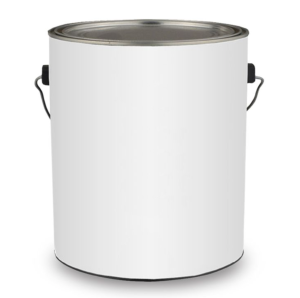
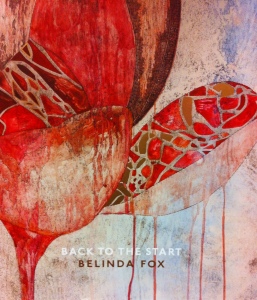

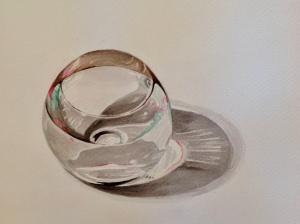







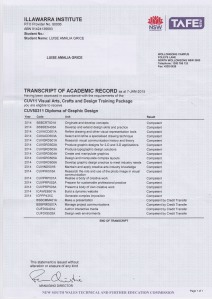
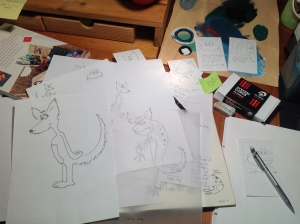
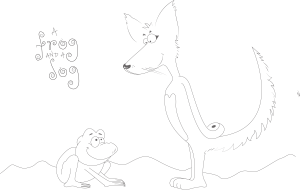

Leave a comment